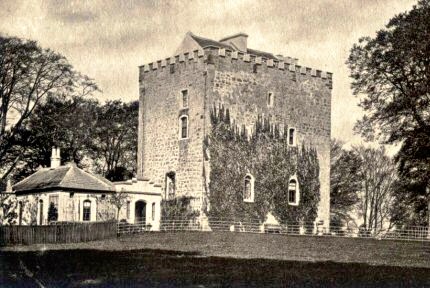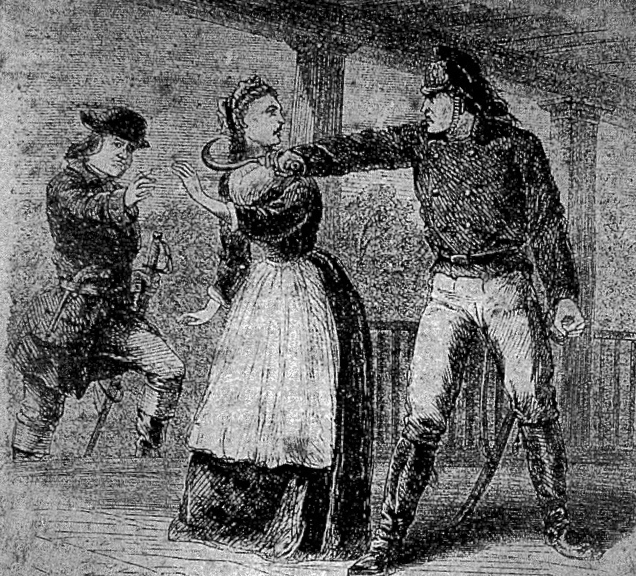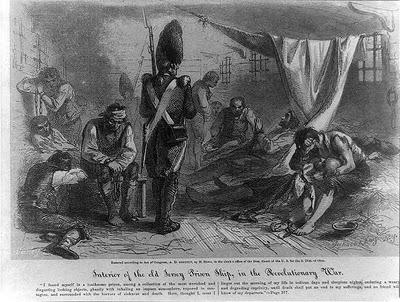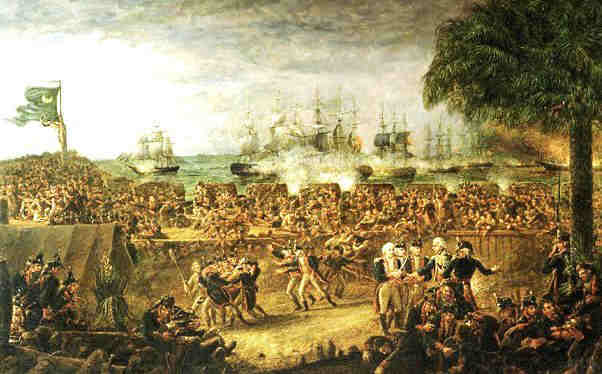From childhood, I learned of my long-deceased great-great-great grandmother Cicely Kirkpatrick. Somewhere in the recesses of my mind and in scrawled notes from a family member, she lived on. Prior to the massive wave of digitization of family records that occurred a few years ago, I hit a wall when researching the Robinson family line. Cicely’s husband, Eli Franklin Robinson (1819-1902) was somewhat elusive because of how his name was styled in public records. Reference to Cicely first came up in a public database when I received a transcription of the tombstones of New Hope Methodist Cemetery, Baton Rouge Community, Chester, SC. Listed was “Cicely Robinson, wife of E F Robinson”. Suddenly ,the old reference in my memory was jogged, and I happened upon Melvin Kirkpatrick’s A Kirkpatrick Genealogy – The Family of James Kirkpatrick of South Carolina (2nd Edition; 1995), available in pieces and parts online. A review of the book showed that James Franklin Kirkpatrick had a daughter, Cicely, who married “unknown” Robinson. It was easy to put things together from there.
Cicely’s grandfather and great uncles must have been among the fightingest familes of the South Carolina Backcountry. The progenitor of the Kirkpatrick family in South Carolina was James Kirkpatrick, who was born in Wallace’s House, Dumfrieshire, Scotland, on or prior to 1710. He held various land grants in Pennsylvania, North Carolina, and South Carolina. He was awarded a 1350 acre tract of land by the Governor of North Carolina in what is now Chester, SC, on the east bank of the Broad River, and from what I am able to garner, was the westernmost settlement of white men in South Carolina at that time.
The Kirkpatrick founders had suffered various depredations at the hands of the British Crown; I will endeavor to add sources related to lore around the Kirkpatrick brothers arriving in the New World. One of the stories tells of a middle-of-the-night crossing of the Irish Sea by the Kirkpatricks, followed by an unhappy exile in Ulster. Needless to say, the Kirkpatricks, like so many Scotch-Irish (we will discuss why this is, or should be the proper term along with Ulster Scots later) wanted to get as far away from the constraints of the British Empire as possible.

Born to James Kirkpatrick in Scotland, Ulster, and America were Francis Kirkpatrick (my 8th great-grandfather), Robert Kirkpatrick, Agnes Kirkpatrick, James Kirkpatrick, John Kirkpatrick, Jane Kirkpatrick, and Thomas Kirkpatrick. All would be Revolutionary Rebels and Patriots. Some would be Indian fighters. At least two would sacrifice their lives for the cause of independence. Their story is also one of the “prime movers” of this blog. In an age of incessant assault on the very fabric of America, they deserve a voice. For without them, I would not be here in the United States of America telling their story.
Thomas Kirkpatrick was born in 1741 or 1742. Most of what we know of him is through his documented combat record, and through affidavits of those later seeking to obtain a pension. I have incorporated, and will link, the various Revolutionary War Pension Applications associated with Thomas. From the primary documents, we know that Thomas fought in the Cherokee Campaign of 1776 as a Lieutenant serving under Col. Thomas Neel and Col. William Bratton, as well as the Snow Campaign and Battle of Fort Ninety-Six. Later, he campaigned as a Captain in 1779, and was at the Battle of Fairforest Creek (Union, SC), and the Battle of Briar Creek, GA. Here Thomas’ whereabouts, but not ultimate fate, become murky. His widow, Margaret Dodds, claimed he was captured at the Battle of Briar Creek in 1779. However, testimony of at least one of his fellow soldiers states that he was, in fact, captured by Captains Adamson and Huck at what would have been immediately before the Battle of Williamson’s Plantation (Huck’s Defeat), as the pension application of John Black states that Black volunteered under Kirkpatrick and Bratton in May, 1780.

Another account states he was captured at or immediately before the Battle of Cowpens. We do know that Thomas was ultimately captured at one of these engagements and sent to a prison ship in Charleston Harbor (or he may have been held at Sullivan’s Island); near death, he was transferred to Mt. Pleasant or the City of Charleston, where he ultimately succumbed to his illness.

His death notice was read from the pulpit of Bullock’s Creek Presbyterian Church in the Summer of 1782. He left his wife, Margaret, and one son. Margaret quickly remarried and removed to Illinois, where in the 1830’s, she would seek a pension in her deceased husband’s right. Fortunately, her very extensive efforts resulted in the affidavit of one Isaac Gillham (or Gilham), who also served with Kirkpatrick and ended up in Illinois after the war. At the time of Margaret Dodd’s pension application, Gillham was one of the oldest Revolutionary War veterans in the State of Illinois, and his examiners stated his memory of events 60 years distant was both remarkable in clarity and consistency with other known official information about Kirkpatrick.
Thomas is buried somewhere in the greater Charleston area, in a (presently) unknown location. To honor him, I applied to the Order of the Indian Wars- US in his right, and was accepted as a member in the summer of 2017.
There is some anecdotal evidence that Thomas served in many more battles; the units he was associated with spent time at the defense of Ft. Sullivan (June 28, 1776), the Battle of Camden, and other major campaigns. As I come across these unit histories, I will post them or link them to the blog. Scoggins paper on Kirkpatrick Brothers Rev service
